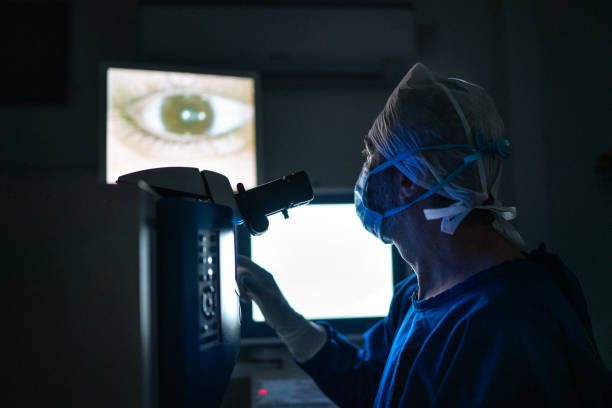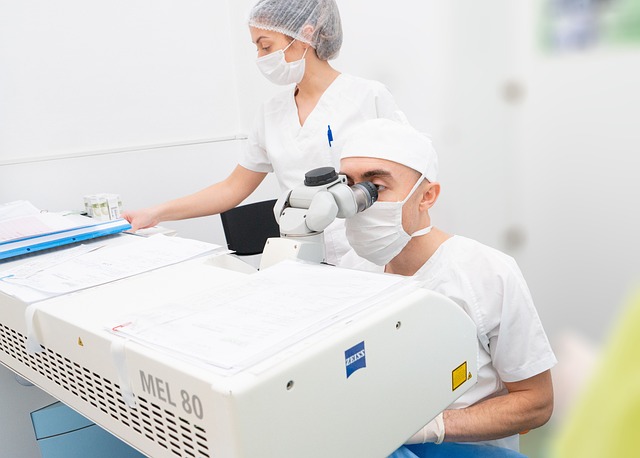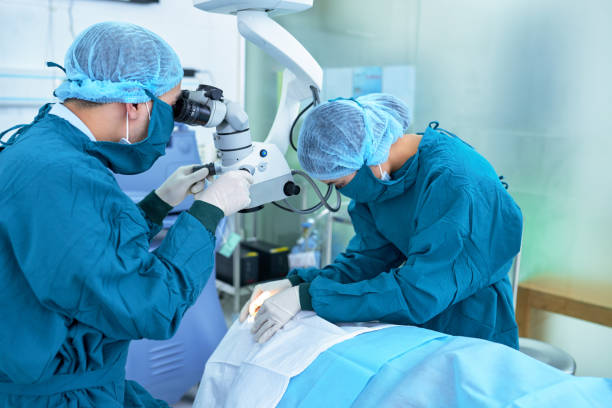Table of Contents
Cataracts, a common condition among older adults, cause clouding of the eye&8217;s natural lens, leading to blurred vision and difficulty with daily activities. Cataract surgery is a safe and effective procedure aimed at restoring clear vision and improving quality of life for millions worldwide. This article explores the intricacies of cataracts, the advancements in surgical techniques, and what patients can expect before, during, and after the procedure.

Understanding Cataracts
Cataracts develop gradually over time as proteins in the eye&8217;s lens clump together, causing cloudiness and vision impairment. Factors such as aging, prolonged UV exposure, diabetes, and certain medications can increase the risk of cataract formation. Symptoms may include blurry vision, sensitivity to light, difficulty seeing at night, and faded colors.
Indications for Surgery
When cataracts significantly interfere with daily activities or impair vision to the extent that eyeglasses or contact lenses no longer provide adequate improvement, surgery may be recommended. Cataract surgery is one of the most commonly performed surgeries globally and boasts high success rates in restoring vision.
Preparing for Surgery
Before undergoing cataract surgery, patients undergo a comprehensive eye examination to assess the severity of cataracts and determine the most suitable treatment plan. This assessment includes measuring the shape and size of the eye, evaluating overall eye health, and discussing any existing medical conditions or medications that could affect the surgery.
Surgical Techniques

1. Phacoemulsification
Phacoemulsification, the most common cataract surgery technique, involves making a tiny incision in the cornea and inserting a small probe into the eye. The probe emits ultrasound waves to break up the cloudy lens into small pieces, which are then suctioned out. Once the cataract is removed, an artificial intraocular lens (IOL) is implanted to replace the natural lens and restore clear vision.
2. Femtosecond Laser-Assisted Surgery
In femtosecond laser-assisted surgery, a laser is used to create precise incisions in the cornea and fragment the cataract, facilitating easier removal and reducing the amount of ultrasound energy required. This technique may offer enhanced precision and potentially faster recovery times for some patients.
What to Expect During Surgery
Cataract surgery is typically performed on an outpatient basis under local anesthesia, meaning patients are awake but do not feel pain. The procedure itself is relatively quick, often taking less than 30 minutes per eye. Patients may experience mild pressure or discomfort during the surgery but should not feel any pain.
Recovery and Post-Operative Care
Following surgery, patients are monitored briefly in a recovery area to ensure stability before being discharged home. It is normal to experience mild discomfort, itching, or a gritty sensation in the eye initially. Eye drops are prescribed to prevent infection, reduce inflammation, and promote healing.
Long-Term Benefits and Considerations
Cataract surgery offers significant long-term benefits, including improved visual acuity, enhanced color perception, and reduced dependency on glasses or contact lenses for many patients. The artificial IOL implanted during surgery is designed to remain permanently in place and typically requires no maintenance.
Risks and Complications
While cataract surgery is considered safe, like any surgical procedure, it carries potential risks and complications. These may include infection, bleeding, inflammation, retinal detachment, or secondary cataract formation (posterior capsular opacification). However, such complications are rare, and the benefits of improved vision usually outweigh the risks.
Lifestyle Adjustments
After cataract surgery, most patients experience a noticeable improvement in vision within a few days to weeks. It is important to follow post-operative care instructions provided by the surgeon, including avoiding strenuous activities, wearing eye protection in bright sunlight, and attending follow-up appointments to monitor healing and vision stability.
Conclusion
In conclusion, cataract surgery is a transformative procedure that restores clarity and quality of vision for individuals affected by cataracts. Advances in surgical techniques, such as phacoemulsification and laser-assisted surgery, have made the procedure safer and more effective than ever before. For many patients, cataract surgery represents not only improved vision but also enhanced overall quality of life, enabling them to engage in daily activities with renewed confidence and independence.

As the global population ages and the prevalence of cataracts continues to rise, understanding the benefits, risks, and recovery process associated with cataract surgery is essential. By staying informed and consulting with qualified eye care professionals, individuals can make informed decisions about their eye health and take proactive steps towards maintaining clear vision for years to come.